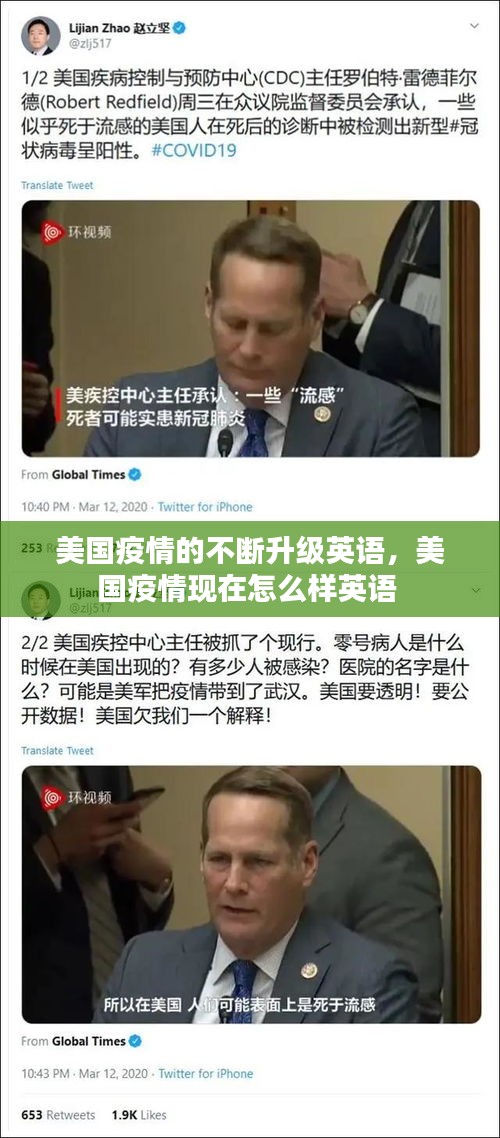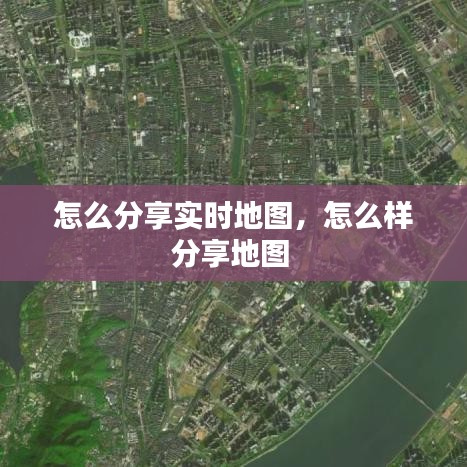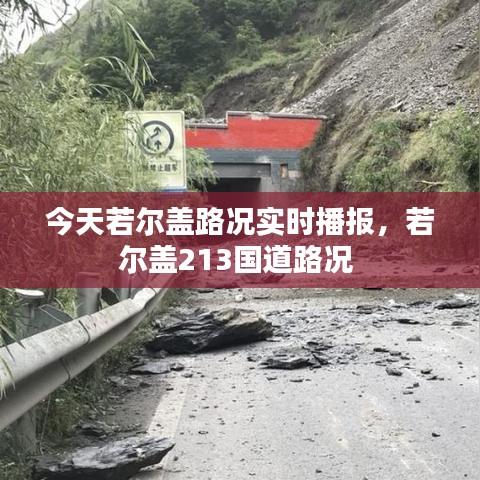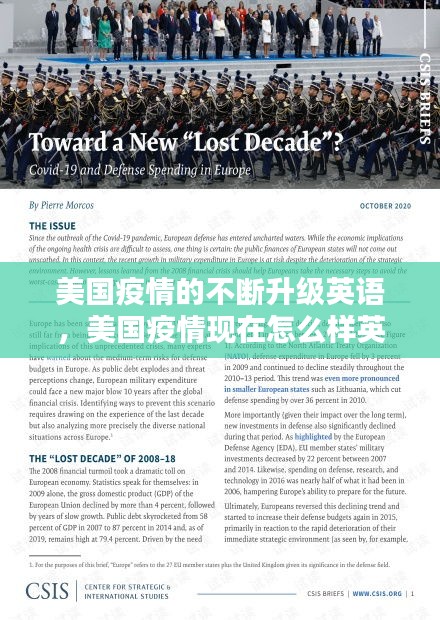The Ongoing Pandemic in the United States
The COVID-19 pandemic has taken the world by storm, and the United States has been at the forefront of this global crisis. The situation has been particularly dire in the U.S., where the virus has spread rapidly, overwhelming healthcare systems and causing widespread economic and social disruptions.
Initial Response and Early Challenges
When the pandemic first emerged in the U.S., the initial response was marked by a lack of preparedness. The Centers for Disease Control and Prevention (CDC) initially advised that asymptomatic individuals could continue their daily activities, which contributed to the rapid spread of the virus. Early on, testing was limited, and the country's healthcare infrastructure was not equipped to handle the surge in cases.
As the number of cases began to climb, states and local governments were left to implement their own measures to control the spread. This patchwork of policies, ranging from mandatory mask-wearing to strict lockdowns, made it challenging for the country to have a unified approach to combating the virus.
The Surge of Cases and Healthcare System Strain
By mid-2020, the United States had become the epicenter of the pandemic, with case numbers skyrocketing. Hospitals across the nation were flooded with patients, many of whom were in critical condition. The healthcare system, already underfunded and overburdened, struggled to keep up with the demand for medical care.
Healthcare workers found themselves on the front lines, facing unprecedented challenges. They were often short on personal protective equipment (PPE), leading to concerns about their own safety and the safety of their patients. The strain on the healthcare system not only affected those infected with the virus but also delayed care for other serious medical conditions.
Economic and Social Consequences
The pandemic has had a profound impact on the U.S. economy, with millions of jobs lost and businesses shuttered. The initial shutdowns and lockdowns were designed to flatten the curve, but they also led to a sharp decline in consumer spending and business revenues. As a result, the country experienced a recession that some economists predicted would be the deepest since the Great Depression.
Additionally, the pandemic has exacerbated social inequalities. Vulnerable populations, including low-income families, minority communities, and the elderly, have been disproportionately affected by the virus. Many have lost their livelihoods and are struggling to meet basic needs such as food, housing, and healthcare.
The Role of Vaccines and Future Challenges
Despite the challenges, there has been hope in the form of COVID-19 vaccines. The U.S. has been at the forefront of vaccine development and distribution, with millions of doses administered across the country. The vaccines have provided a glimmer of hope, but the journey to herd immunity is still a long one.
Even as the country continues to distribute vaccines, new variants of the virus have emerged, raising concerns about the effectiveness of the current vaccines and the potential for more contagious strains. This has underscored the need for ongoing vigilance and adaptation to the evolving nature of the pandemic.
Conclusion
The ongoing pandemic in the United States has been a stark reminder of the fragility of public health systems and the importance of preparedness. While there have been significant challenges and setbacks, the resilience of the American people and the commitment to science and innovation have provided reasons for optimism. As the country continues to navigate the complexities of the pandemic, it is crucial that lessons learned are applied to strengthen public health infrastructure and ensure a more robust response to future health crises.
转载请注明来自专业的汽车服务平台,本文标题:《美国疫情的不断升级英语,美国疫情现在怎么样英语 》
















 琼ICP备2024026137号-1
琼ICP备2024026137号-1
还没有评论,来说两句吧...